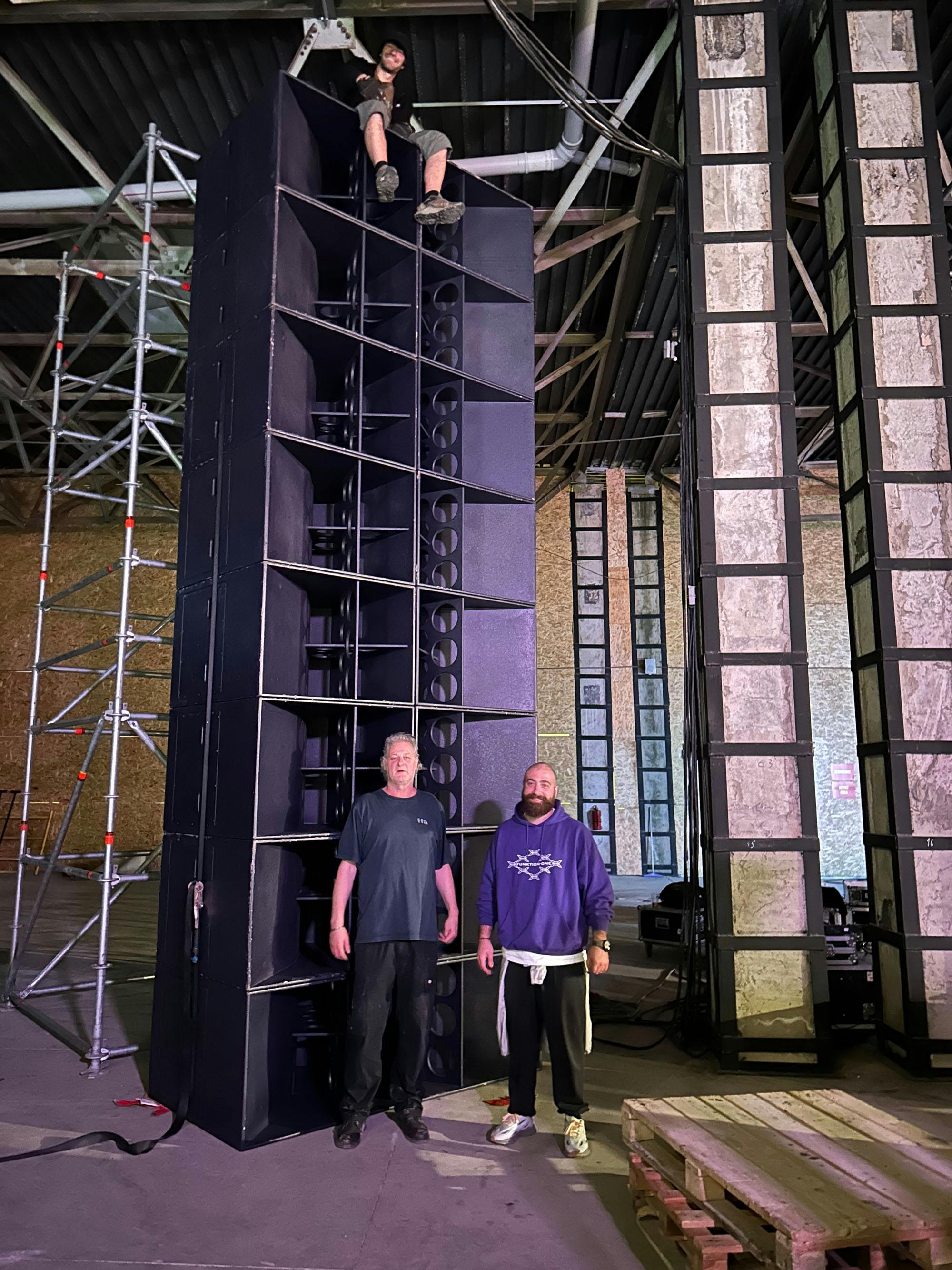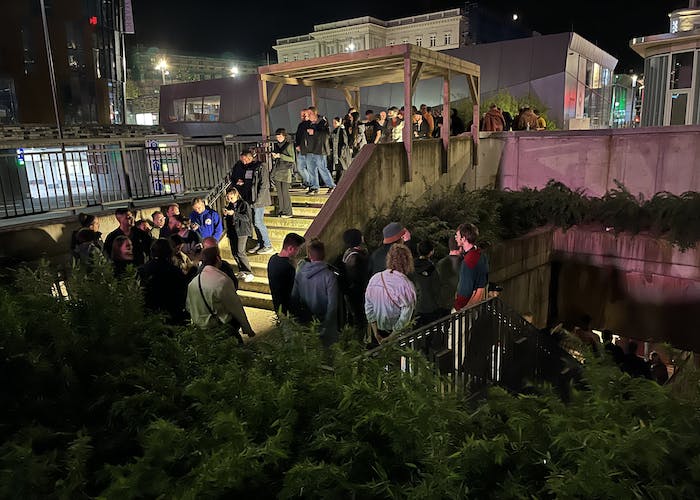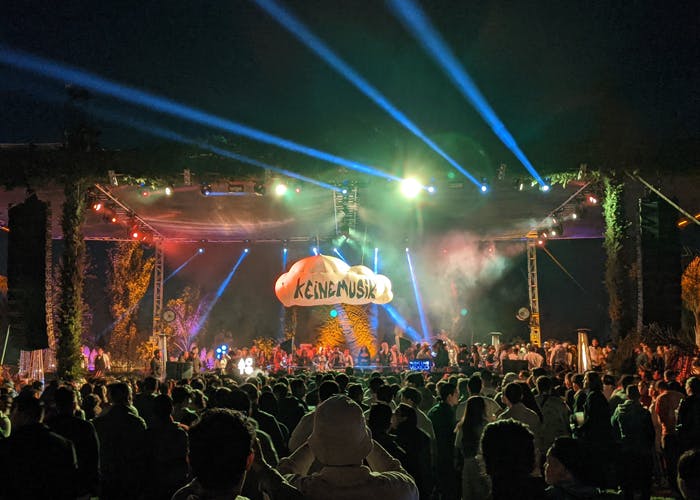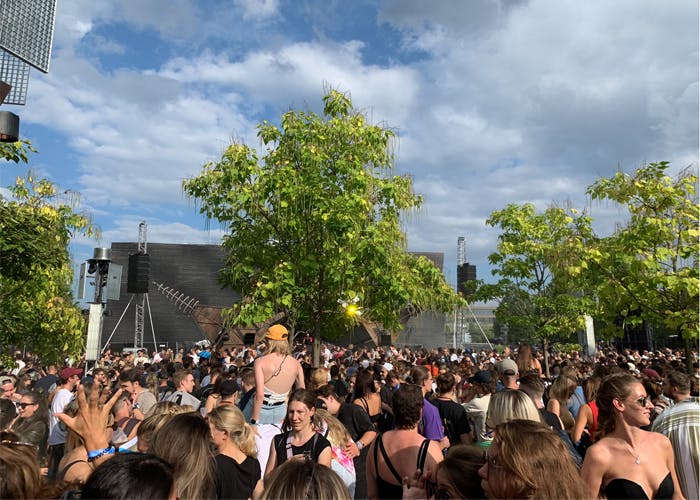
Force Production Conquers 4GB Festival with Vero VX
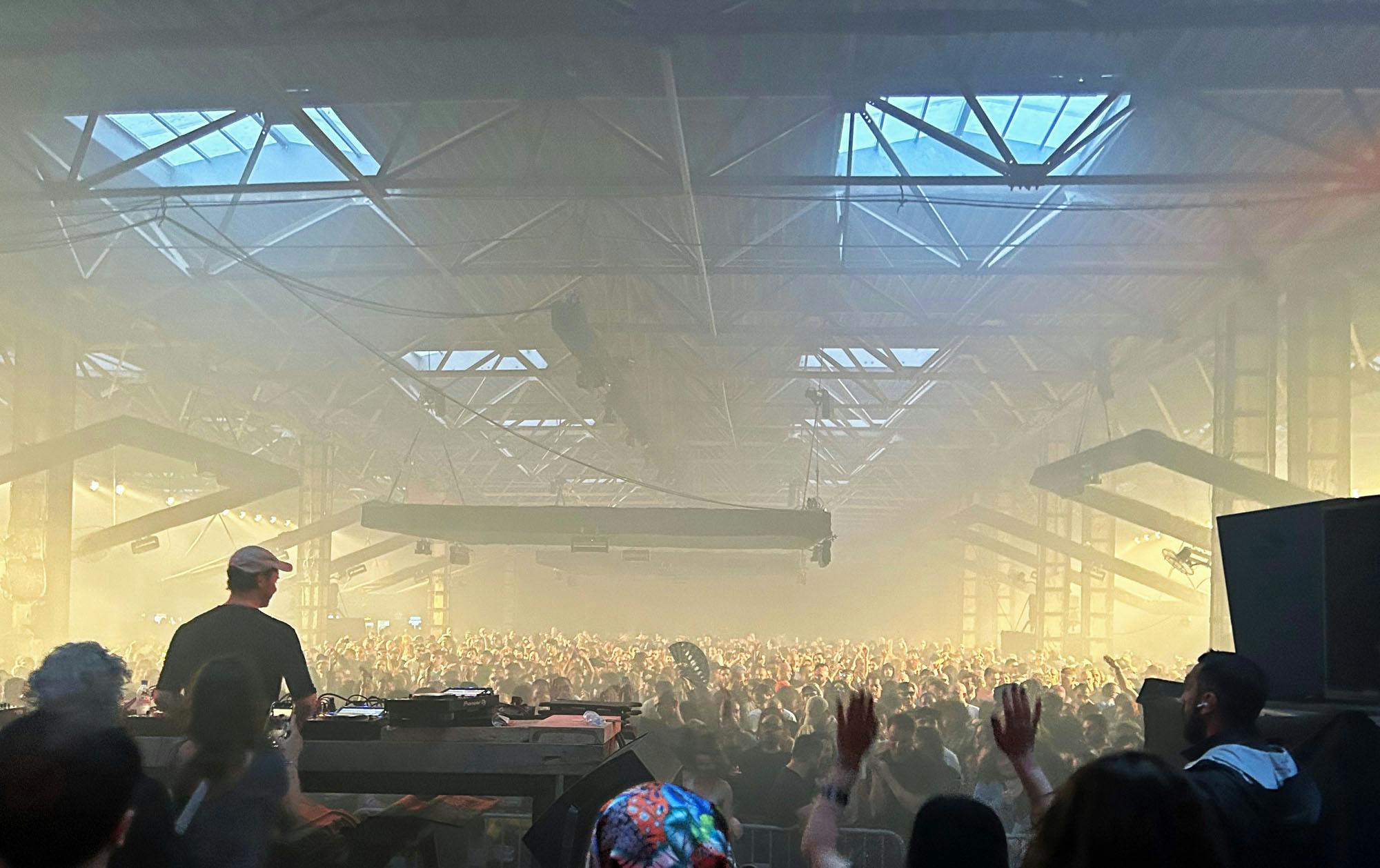
With just hours to rig and tune in a challenging venue, Czech-based Force Production delivered a world-class sonic experience at the latest edition of Georgia’s 4GB Festival.
Georgia’s 4GB is no ordinary dance event. Founded in 2011 in tribute to local DJ Gio Bakanidze, who tragically lost his life in car accident the previous year, it has evolved into one of the most revered electronic music gatherings in Eastern Europe. After political instability forced the cancellation of the 2024 edition, organisers were determined to bring it back in 2025 – one way or another.
That comeback took shape as a one-night event on 15 June at Tbilisi’s industrial Radio City complex, with long-time headliner Michael Mayer – Bakanidze’s favourite DJ - returning for his traditional closing set. On the technical side, the 4GB team once again turned to Czech Republic-based Force Production to deliver a powerful and dynamic Funktion-One system under unusually tight constraints and acoustic challenges.
4GB’s Co-Founder Abel Giorgobiani first heard Funktion-One at Amsterdam’s Club Trouw in 2010 and was “blown away.” Since introducing it to 4GB in 2017, the system has become part of the festival’s identity. “We’ve used other systems in the past but Funktion-One is something else,” he said. “It’s musical, emotional and alive. That’s what makes it right for 4GB.”
“VX is very power-dense and very controllable, which makes it ideal for these kinds of venues.”
Force Production had previously handled 4GB’s last three-day event at the former Institute of Space Structures near Saguramo, deploying Funktion-One Evo 7Ts and bass towers to great effect. But Radio City - a 65m x 70m hall with a hard concrete floor, low ceiling beams and two rows of structural pillars - posed a very different challenge.
“When we went for the recce, I immediately saw this would be a difficult room to work with,” said Alex Limburg, Force Production’s Chief Sound Engineer. “The ceiling height was just 5.5m and it was cluttered with metalwork, which limited our rigging options. The concrete floor and pillars added multiple acoustic reflections and potential shadow zones.”
To plan the deployment, Limburg used Funktion-One’s Projection software, simulating the room in 3D and testing various array configurations to minimise dead zones and cancellations. “We modelled both inside and outside array positions relative to the pillars and it was immediately clear which layout would give us even coverage across the hall.”
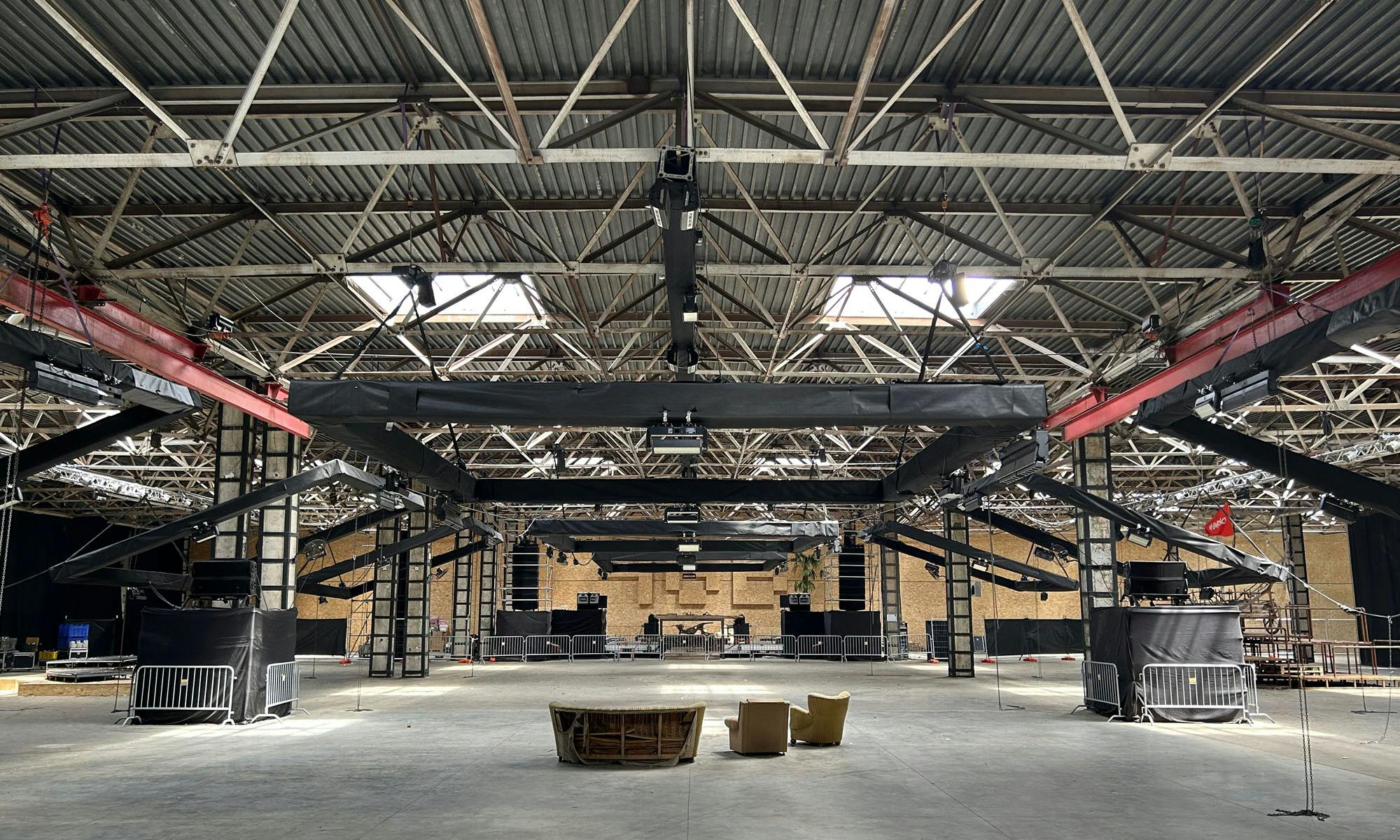
The system comprised two main hangs of eight Vero VX90s per side, with two additional pairs of VX90s positioned further down the hall for delays. Infill coverage was provided by Evo 2s, while the VIP area was covered by F1201.2s and DJ monitoring was handled by BR121s and PSM18s. For low-frequency delivery, the team deployed an asymmetric bass configuration: a two-wide, eight-high column of 16 F124s on stage left and a stack of six F221s on stage right.
The asymmetric bass configuration was key to the system’s performance. “Rather than mirror-image sub placement, we used different enclosures to cover different frequency bands,” Limburg explained. “This prevents phase interference from overlapping sources and gives better control across the full low-frequency range.”
Even though the bass was all forward-facing, the physical size of the stacks gave the system strong directional control. “With 16 F124s in a column, you start to get a cardioid-like pattern naturally,” said Limburg. “We had tremendous rejection behind the stack and consistent, powerful coverage across the audience.”
Despite the low ceiling, the VX system proved well suited. “[Funktion-One Founder] Tony Andrews once told me, ‘You don’t need to hang them high if your angles are right’ and that’s been true again and again,” said Limburg. “VX is very power-dense and very controllable, which makes it ideal for these kinds of venues.”
If the acoustic environment wasn’t challenging enough, logistics added additional pressure. Due to delays with cross-border transportation, the system wasn’t released by Georgian Customs until 9pm the night before the show. That left Force Production with just a few overnight hours to get the full rig up and running.
“Customs was a nightmare,” said Kevin Dobson, co-founder of Force Production. “It takes almost a month to get the system there and back from the Czech Republic and this year everything was held up. Pajka [Pavlina Burdova], our new secretary, ended up managing the documentation for Czech, Romanian and Georgian authorities - she did an amazing job.”
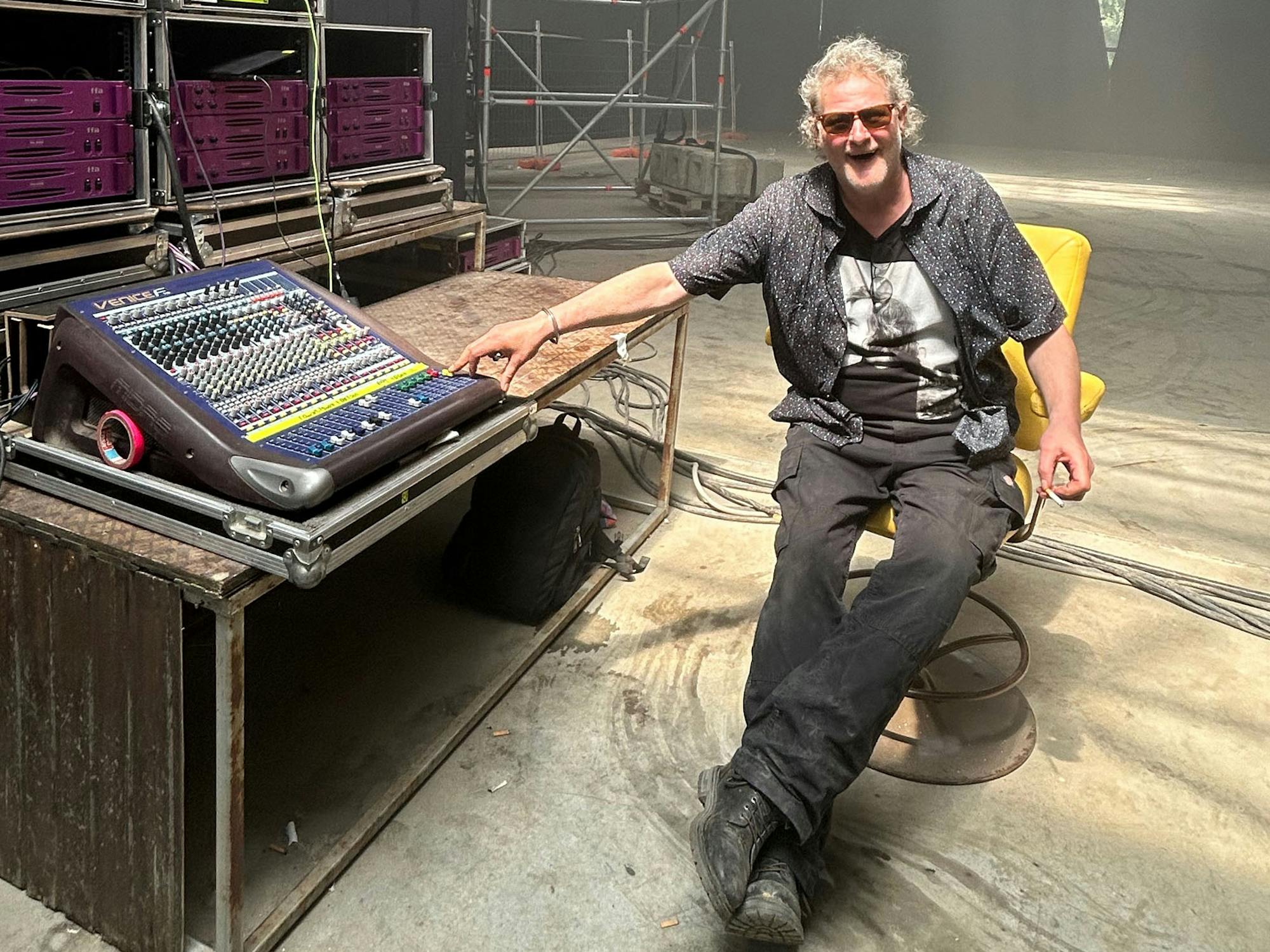
Fortunately, all the groundwork with Projection paid off. “We had everything measured and mapped in advance - the hang points, delay positions, cable runs,” said Limburg. “Once the gear arrived, it was a case of plugging it all in and hanging the arrays.”
Dobson added: “VX really helps when time is tight. It’s fast to assemble and intuitive to fly. Once Alex had the angles set, we could get the arrays up in less than an hour. It was one of those situations where proper planning in pre-production saved the day.”
On the return journey, the team faced further complications, including a customs declaration confirming that none of the equipment contained Russian-produced steel and an unexpected delay at sea when their two-day Black Sea ferry crossing turned into four days after the ship was forced to drop anchor for 48 hours while the Turkish Navy conducted military exercises.
It may not have been the most straightforward event from a logistics point of view, but the end result was special. “Honestly, it was the best sound we’ve ever had,” said Giorgobiani. “The bass was everywhere - deep, clean and completely even across 5,000 people.”
Reflecting on the partnership with Force Production, Giorgobiani added: “Kevin is always supportive and flexible. Even though the logistics of this gig are brutal, they never cut corners. As for Alex, what can I say? He truly is a magician.”
